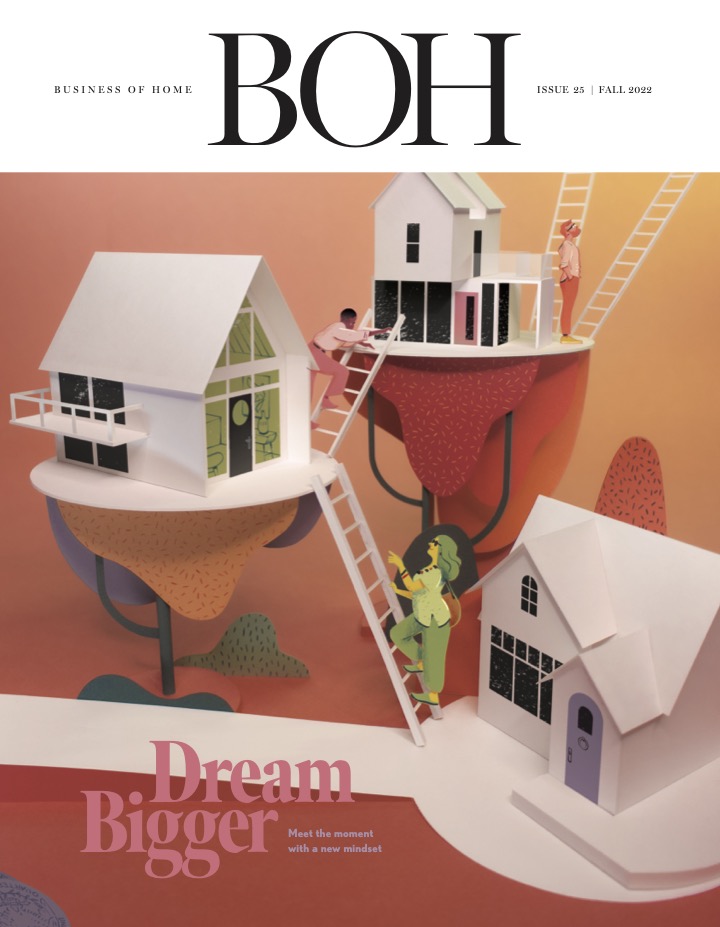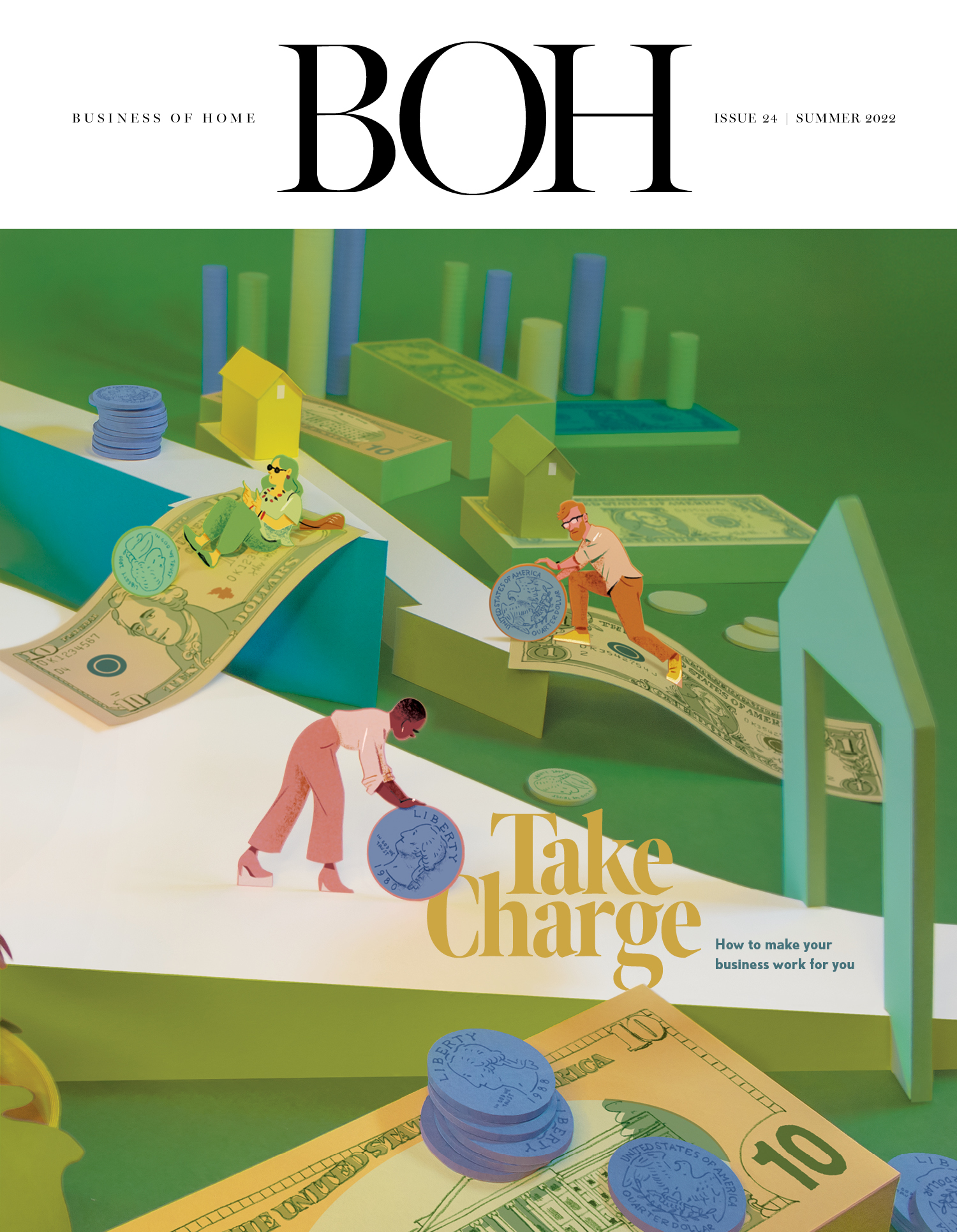After three years as World Design Capital, Seoul, South Korea held an international conference to review the progress the city has made throughout this year. The conference was themed Proliferation of Design Value through the World Design Capital and was hosted by the Seoul Metropolitan Government.
During its term as the World Design Capital, Seoul placed tremendous efforts on various design-related projects all under the umbrella of "Design for All". The year kicked off with the WDC New Year’s Eve Festival, which was closely followed by a variety of commemorative events including the WDC Global Design Cities Summit, during which the Seoul Design Declaration transpired. Other events included the Seoul Design Market and the World Design Survey™ 2010 project, as well as the WDC Citizens Design Competition and the Children's Creativeness Camp held on Children's Day, which were organized in an attempt to foster interaction and citizen participation as part of the WDC program.
An International Design Workshop on Universal Design was held, as well as the Seoul Design Fair and the Seoul Design Assets Exhibition, which contributed to increasing the city’s brand value and identity.
Design in the city has in recent years been increasingly seen from a broad perspective not only in city planning and architecture, but also in industrial and service design. Through projects such as the Han River Renaissance and Mount Namsan Renaissance, these and other efforts have been established to improve the quality of life for Seoulites, as well as raise the city's competitiveness.
Since its nomination, Seoul has attempted to apply itself and demonstrate from an urban design perspective that its designation was awarded because it showed such impressive design leadership and a concrete plan to achieve social, economic and cultural development via design.
Mayor Oh has stressed the importance of the city's designation as a World Design Capital to promoting its international brand and its image as a modern urban city. He further emphasized that urban design is not merely a matter of convenience, aesthetics, and safety but an "essential element for survival in the 21st century" in view of the competition between cities for investment, tourism and talent, as well as maintaining and raising the happiness index among its residents and visitors.
Against this backdrop, the Seoul Metropolitan Government has leveraged the WDC 2010 designation to accelerate the city's global status.
In his closing remarks, Dr. Mark Breitenberg stated that "The WDC is more than just a project or a program—it's a global movement. A movement towards an understanding that design does impact and affect quality of human life. Today, design has become an essential factor not only in business fields but also in all areas including culture, politics, administration, society, and education. As a result, developing strategies for promoting and advancing design is now being recognized as one of the core necessities for corporations as well as governments.
"Design is important now because it is fundamentally about transforming the existing world into a better one. I believe that people will look back at the first 20 years of this new century as a time when there were fundamental changes to the world. Out of this recession will come a new birth, a renaissance. The WDC is a laboratory for the future, and cities will learn from the accomplishments of these honored cities."
Seoul hands the WDC title over to Helsinki beginning in 2012. World Design Capital is nominated every two years by Icsid based on that city's efforts to improve its environment through design. Sustainable development, a high quality environment and engaging the population were main themes of Seoul’s year. The same themes will continue to be emphasized in Helsinki.






















